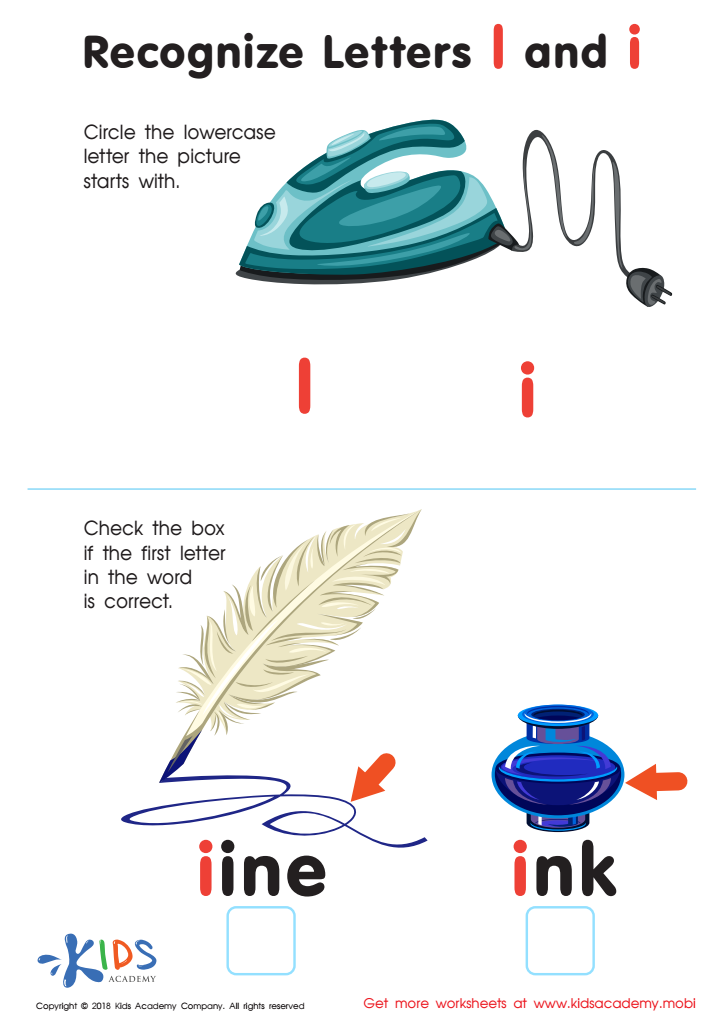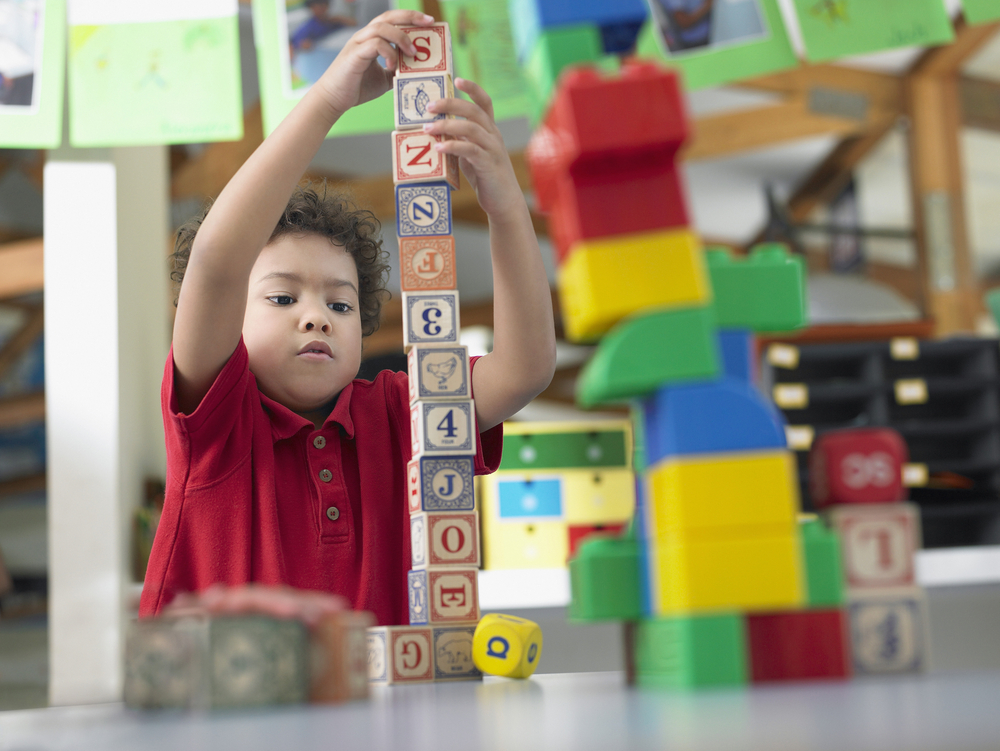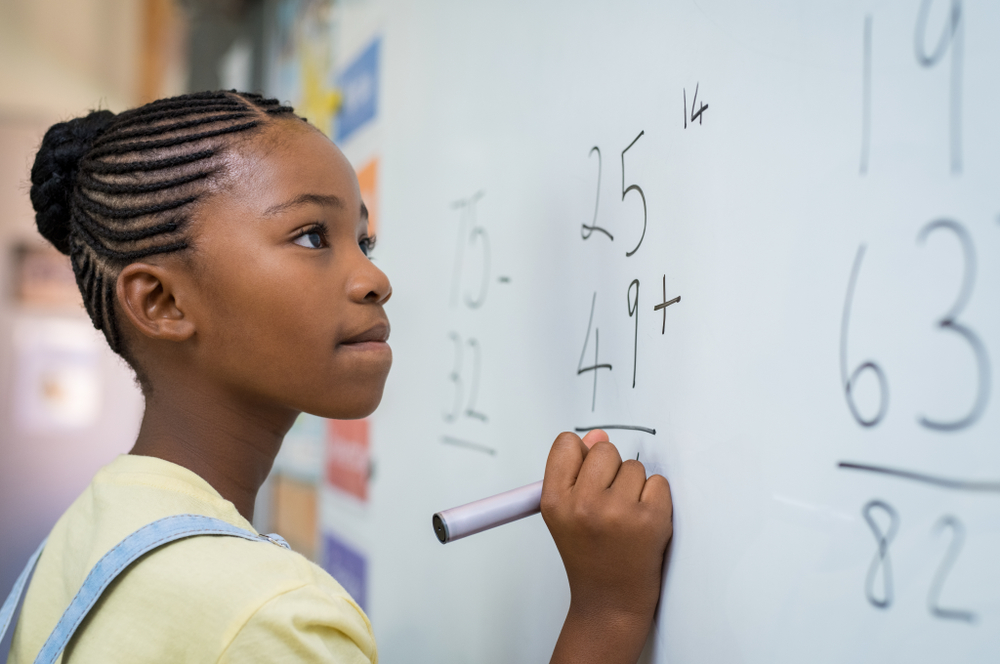Letter recognition Normal Reading Worksheets for 4-Year-Olds
3 filtered results
-
From - To
Discover our engaging Letter Recognition Normal Reading Worksheets designed specifically for 4-year-olds. These interactive worksheets help young learners identify and recognize letters in a fun and motivating way. With a variety of colorful activities, including tracing, matching, and coloring, kids will build essential early literacy skills while developing a love for learning. Each worksheet is crafted to enhance fine motor skills and promote cognitive development. Suitable for use at home or in the classroom, our resources make letter learning enjoyable and effective. Start your child's reading journey today with our fun and educational letter recognition worksheets!


Recognize Letters l and i Worksheet


Long and Short U Worksheet


Long and Short E Worksheet
Letter recognition is a foundational skill that plays a crucial role in a child's early literacy development. For 4-year-olds, mastering this skill promotes not only reading readiness but also enhances language acquisition and cognitive growth. When children recognize letters, they can begin to understand that letters represent sounds, a key component in learning to read and write. This recognition helps them decode words, which is essential for fluent reading.
Parents and teachers should care about letter recognition because it sets the stage for academic success. By fostering a strong grasp of the alphabet, children can develop greater confidence and motivation in their learning journey. Early letter recognition can also help identify any learning challenges early on, ensuring that appropriate interventions can be implemented.
Moreover, engaging in letter recognition activities—such as reading books, singing the alphabet song, or playing letter games—can strengthen the bond between parents and children, making learning a shared and enjoyable experience. Ultimately, focusing on letter recognition at this age nurtures vital language skills that will serve children throughout their educational path and beyond, laying the groundwork for lifelong learning and academic achievement.
 Assign to My Students
Assign to My Students














